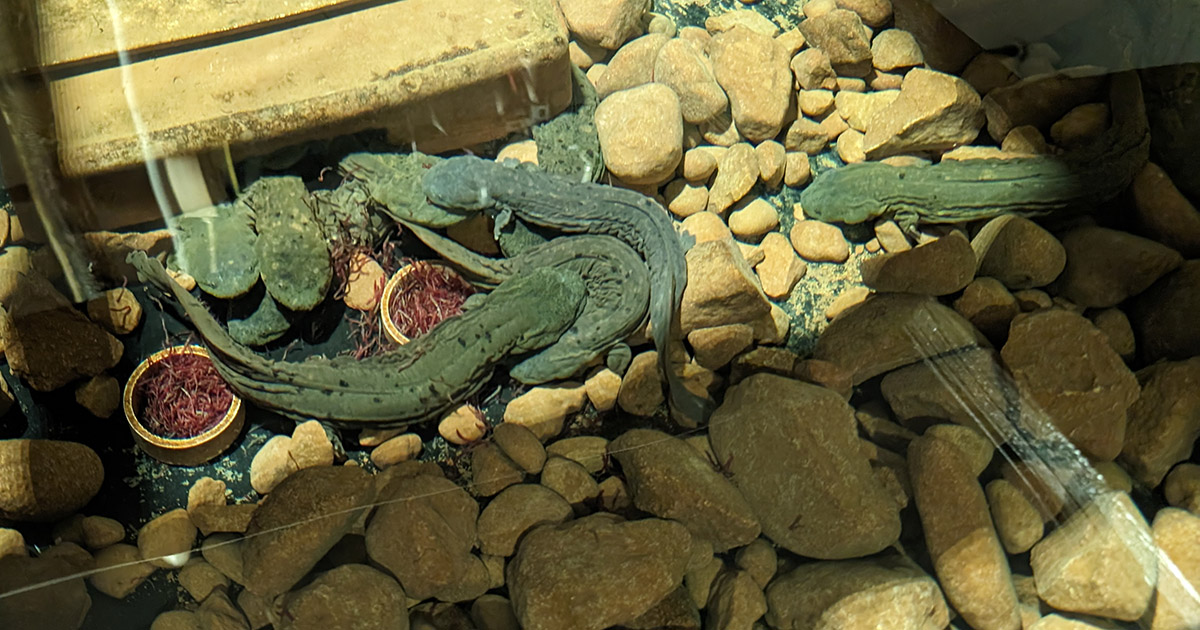Patience is key if you’re thinking of bringing out the smoker this summer. Smoking meat is the process of cooking meat at a low temperature for an extended period of time by exposing it to smoke, often from burning wood.
Stacy Zuelly, assistant professor of animal sciences, specializes in meat science and shares her tips for bringing out the most flavor.
1. Selecting your cut of meat
When selecting a cut of meat to smoke, keep in mind you will be using a low cooking temperature for a long period of time, increasing your risk to dry out the meat. Use cuts with a higher fat content so they won’t dry out over the long cooking period. Fat will add to the flavor of the meat as well. Cuts from the front of a carcass, like a brisket or pork shoulder (often called the Boston butt or shoulder butt), will have more fat than the back end. Leaner cuts like rounds or hams, have less fat content and will dry out quicker.
Make sure your meat is thawed completely using the refrigerator before smoking. Despite what you may find in recipes, you do not need to let the meat get to room temperature before you smoke.
2. Seasoning to perfection
The great thing about seasoning for smoking is you can use sugar. I often start with the basics – salt, pepper, garlic and onion – and add a sugar like brown sugar or honey. You can season the night before as the flavors will mature better, and place it back in the refrigerator until you’re ready to place it on the smoker. Because you are cooking at a lower temperature and slower, adding sugar will add to the caramelization of the meat in addition to creating a sweeter flavor. You don’t want to use sugar while grilling because the high temperature will cause it to burn.
3. Getting the temperature just right
Continuously check your smoker to make sure you are maintaining a low cooking temperature. It is your preference, but I like to keep it around 200 to 220 degrees. As far as the internal temperature of the meat, you don’t have to worry as much as you do when you’re grilling. Cooking for such a long period of time will result in an internal temperature that is well over the food safety temperature for cuts of meat. As a general reminder you want most meat to get to 165 degrees Fahrenheit.
4. Smoking meat like a pro
The meat will pick up the majority of the great smoke flavor and color within the first four hours on the smoker. To help the smoked flavor and color stick to the meat, you need moisture. I like to spray a combination of apple juice and water every 30 to 40 minutes during the first four hours to add moisture. The apple juice also adds to the caramelization because of the sugar.
After the first four hours, the meat won’t take in much more smoke flavor or color. I normally wrap it in aluminum foil and leave it alone for the rest of the cooking period. You can also use parchment paper. The foil will keep moisture in for a softer crust while the paper will let some of the moisture out for a crisper crust. When wrapped, you also gain the benefit of heat distribution throughout the cut.
5. Cleaning up with safety in mind
Always remember you started with a raw product and are ending with a cooked one. When you’re ready to take the meat off of the smoker, you will need clean utensils and plates as well as clean hands. Make sure to keep vegetable and meat utensils separate to avoid cross contamination as well.
Regardless of whether you choose to use a smoker or a grill, do not use wire bristle brushes to clean up. The wires can potentially break off and end up in your food. There are lots of better options besides a wire brush.










